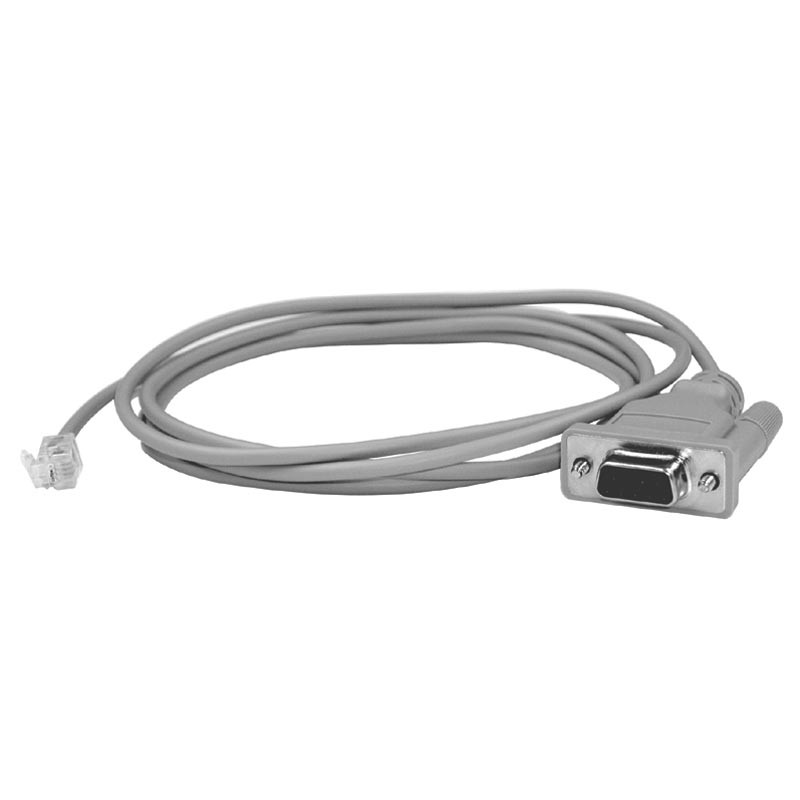TTL and True RS-232 Serial – What’s the Difference?
 The differences between a TTL RS232 and a True RS232 interface purely have to do with data being sent, not with powering the barcode scanner. The data is being sent as an electrical block-signal representing a sequence of logical zero’s and ones.
The differences between a TTL RS232 and a True RS232 interface purely have to do with data being sent, not with powering the barcode scanner. The data is being sent as an electrical block-signal representing a sequence of logical zero’s and ones.
- For a TTL device a zero would ideally be 0 volt, and a 1 one would ideally be 5 volt. The receiving device therefore has to decide whether a the signal at a given time is meant to be 0 or 5 volt, in order to tell if it is looking at a binary zero or a binary one.
- For a True RS232 device the zero is represented by ideally -12Volt and a one is represented by ideally + 12 Volt. Here the receiving device has it a bit easier because the difference between -12 and + 12 = 24 Volt. (specification allows -5 to -15V and +5 to +15V)
In practice we see that a signal gets weaker the longer it has to travel and can sometimes drop 1 volt a meter going via cable from device to host. With a True RS232 device both positive and negative signal can drop 10 volts and still have 4 volts difference in polarity left to tell zero’s from ones. The TTL interface has already less polarity difference if the signal drops just 2 volts.
That’s why it would be a risk using a cable longer then 2 meters with a TTL device, and Honeywell decided not to sell longer TTL cables.
TTL is also more likely to cause problems in industrial environment with lots of distortion signals surrounding. If a cable picks-up such a signal with i.e. a 2 volt amplitude, a TTL interface could falsely interpret it as a logical one, where a True interface will ignore the 2 volts because the other positive pulses have a much higher amplitude.
On common devices such as PC’s that still have an RS232 or serial port, normally only TTL interfaces can be found, and with industrial micro processors and other mission critical equipment often True RS232 is used. Although the RS232 standard defines RS232 to be a True RS232 interface, and TTL is actually not compliant with the RS232 standard, in practice the majority of the RS232 serial ports we connect scanners to are TTL ports.




